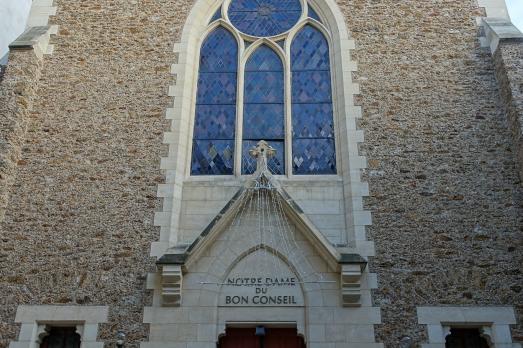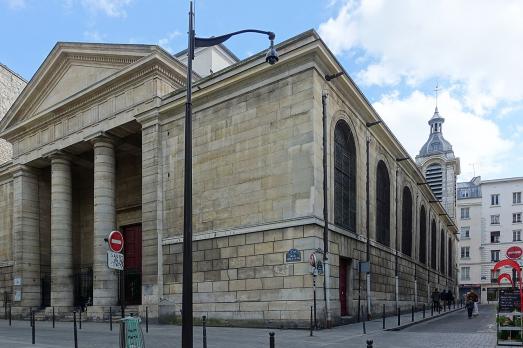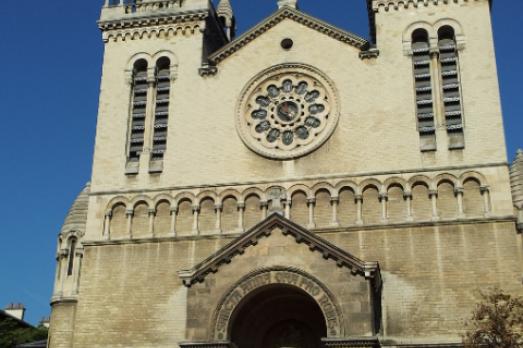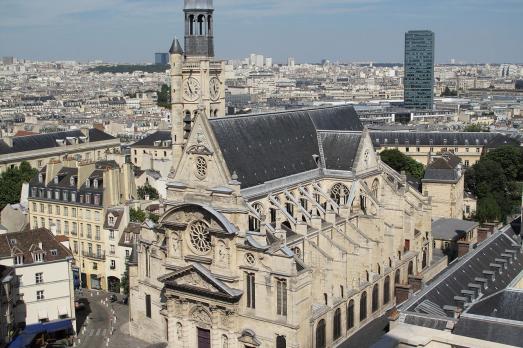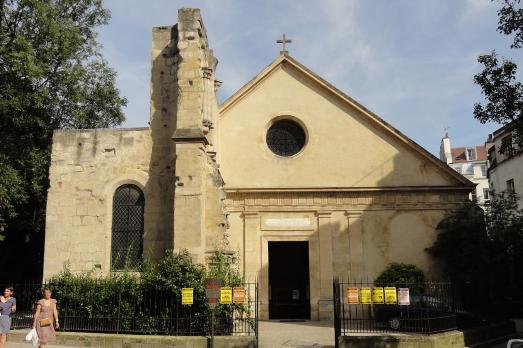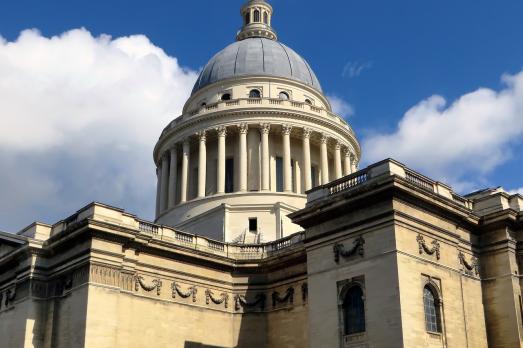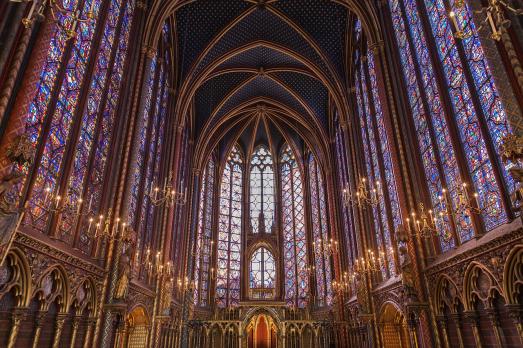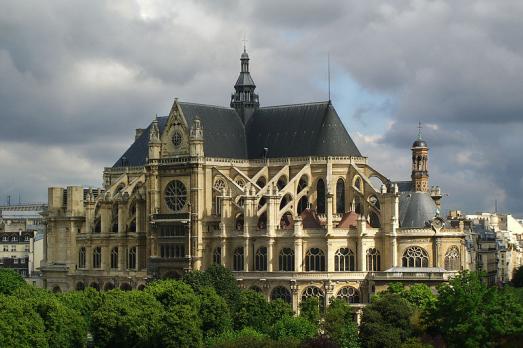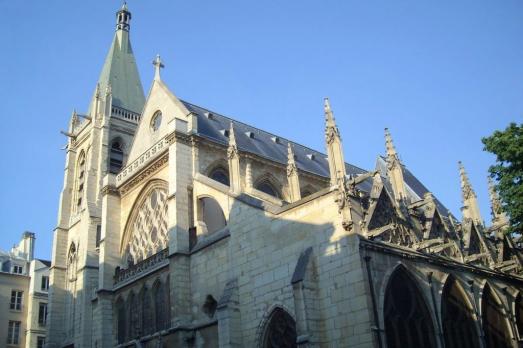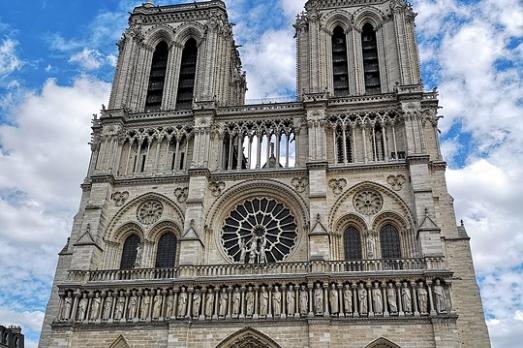
Notre Dame de Paris
Paris, FR
Notre Dame is one of the most eminent churches in the world, and the symbol of the city of Paris. It has become the theatre to some of the most notorious novels in literature, celebrated by writers and artists including Victor Hugo. The cathedral was built by the meanderings of the river Seine- in the Île de la Cité- in the early days of the gothic era. Although the monument is a great example of early gothic style, the influence of the Romanesque school is still visible. In 2019, the church was badly damaged by a fire.
